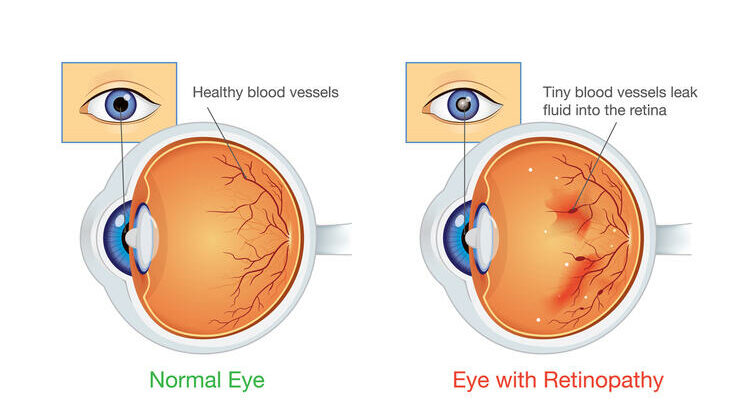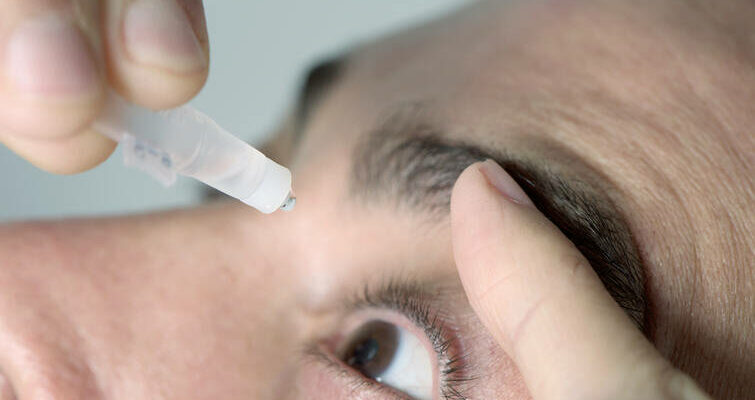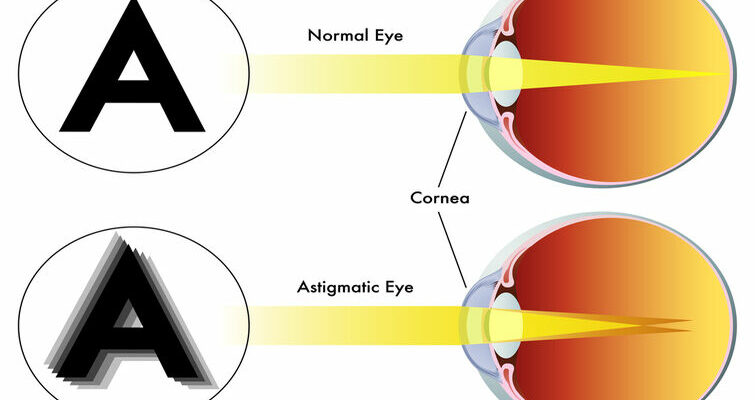
Diabetic Retinopathy
Diabetes is the leading cause of new blindness in the 20-64 year old age group. Type 2 diabetes develops when the body fails to produce enough insulin. When uncontrolled, diabetes causes unusually high levels of blood sugar to accumulate in blood vessels, affecting the flow of blood to all parts of the body, including the eyes.
When diabetes affects the blood vessels of the eye, the vision can range from normal or minimally affected to a severe decrease leading to blindness. The longer a patient has diabetes, the more likely it becomes to develop diabetic retinopathy.
In the early stages of Diabetic Retinopathy, regular monitoring is usually all that is required. Follow your doctor’s advice for diet and exercise and keep blood sugar levels well controlled. This can help control the progression of the disease.
If the disease advances, leakage of fluid from blood vessels can lead to Macular Edema. Laser treatment (photocoagulation) is used to stop the leakage of blood and fluid into the retina. A laser beam of light can be used to create small burns in areas of the retina with abnormal blood vessels to try to seal the leaks. Multiple laser treatments are sometimes necessary. Laser surgery is not a cure for Diabetic Retinopathy and does not always prevent further vision loss.
If significant amounts of blood leak into the vitreous fluid in the eye, it will cloud vision and can prevent laser photocoagulation from being used. A surgical procedure called a Vitrectomy may be used to remove the blood-filled vitreous and replace it with a clear solution.
People with diabetes should schedule comprehensive eye examination at once a year to monitor the progress of the disease and adjust treatments accordingly.
Learn more about common eye problems and treatments from our helpful video collection.



